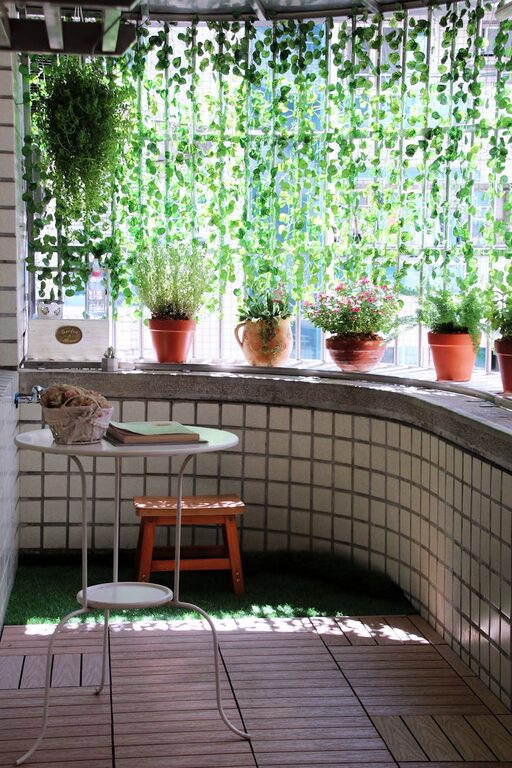Starting a small herb garden indoors is a rewarding way to bring fresh flavors into your cooking while adding a touch of greenery to your living space. Whether you have a sunny windowsill or limited room, growing herbs indoors is easy and satisfying. This guide will walk you through everything you need to know to get started, from choosing the right herbs to caring for them.
Why Grow Herbs Indoors?
Growing herbs indoors offers several benefits:
– Fresh, aromatic herbs available whenever you need them
– Year-round gardening regardless of the outdoor climate
– Convenient access for cooking
– Natural air purification from plants
– A fun and fulfilling hobby that requires minimal space
Choosing the Right Herbs for Indoor Gardening
Not all herbs thrive indoors equally, so selecting varieties suited to your conditions is key.
Best Herbs for Beginners
– Basil: Loves bright light, great for Italian dishes
– Mint: Easy to grow, but can spread rapidly—keep it contained
– Parsley: Prefers moderate light and regular watering
– Chives: Hardy and low-maintenance
– Thyme: Needs plenty of light but tolerates dry soil
– Rosemary: Requires bright light and good airflow
Consider the herbs you cook with most and your light availability when making your selections.
What You’ll Need to Start Your Indoor Herb Garden
Before planting, gather these essential items:
– Containers: Pots with drainage holes to prevent waterlogging
– Potting soil: Quality soil designed for indoor plants or herbs
– Seeds or starter plants: Seedlings are easier for beginners
– Grow light (optional): Helpful if natural light is limited
– Watering can or spray bottle: For gentle watering
– Labels: To identify each herb easily
Step-by-Step Guide to Starting Your Herb Garden
1. Select Your Location
Choose a spot that receives at least 4-6 hours of sunlight daily, such as a south-facing window. Herbs need bright light to grow healthy. If natural light is insufficient, consider using a grow light for 8-12 hours a day.
2. Prepare Your Containers
Fill pots with fresh potting soil, leaving approximately one inch of space at the top. Make sure drainage holes are clear to avoid excess moisture buildup.
3. Plant Your Herbs
– If using seeds: Follow the packet instructions, generally planting seeds twice as deep as their size.
– If using seedlings: Gently transfer them into soil, firming the soil around the roots.
Space out your plants to allow airflow and growth.
4. Water Carefully
Water your herbs thoroughly after planting but avoid overwatering. Let the soil partially dry out between watering sessions. Herbs typically prefer slightly drier conditions than soggy soil.
5. Maintain Your Garden
– Rotate pots weekly to ensure even sunlight exposure
– Trim herbs regularly to encourage bushier growth and prevent flowering, which can reduce flavor
– Monitor for pests such as aphids or spider mites and address issues promptly
Tips for Successful Indoor Herb Gardening
– Use a well-draining soil mix to prevent root rot
– Avoid placing herbs in drafty or overly hot areas like near air vents
– Feed your herbs monthly with a balanced, water-soluble fertilizer diluted to half strength
– Clean leaves occasionally to remove dust and help photosynthesis
– Harvest herbs in the morning when oils are most concentrated
Common Challenges and How to Overcome Them
– Leggy plants: Usually caused by insufficient light—add a grow light or move to a sunnier spot.
– Yellowing leaves: Often a sign of overwatering or poor drainage.
– Sparse growth: May benefit from supplemental feeding or pruning.
– Pests: Use an insecticidal soap or natural remedies like neem oil.
Enjoying Your Herb Garden
As your herbs grow, experiment by adding fresh leaves to your meals, teas, or garnishes. Indoor herb gardening can become a calming daily ritual and a way to connect with nature, even inside your home.
Final Thoughts
An indoor herb garden is a fantastic project for beginners and seasoned gardeners alike. With minimal space and effort, you can enjoy fresh herbs all year. Remember to choose the right herbs, provide adequate light and water, and keep up with basic care. Soon, your small indoor garden will flourish and add natural beauty and flavor to your life.
Happy gardening!



